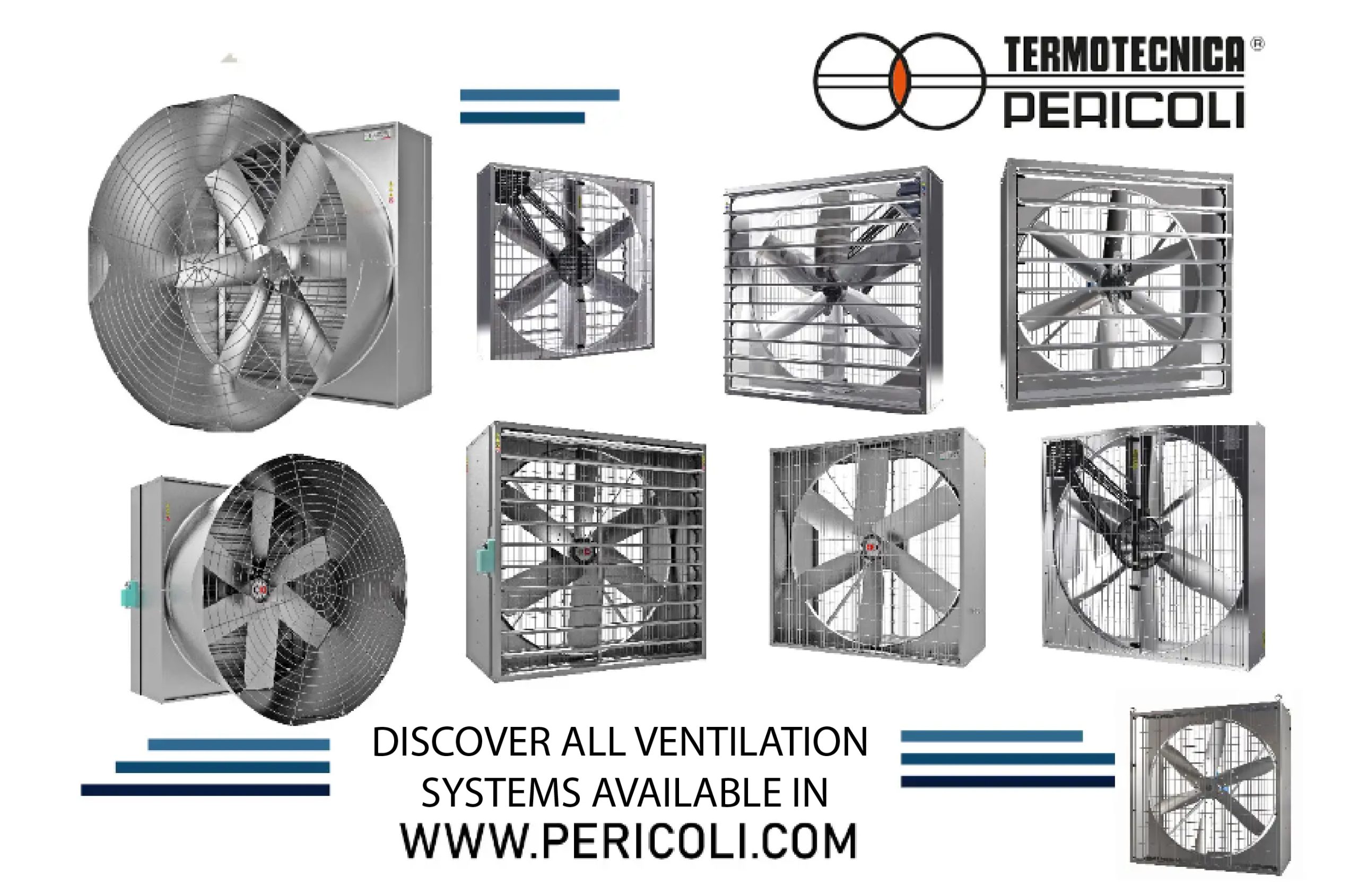
When it comes to providing optimal ventilation in large environments such as livestock facilities, greenhouses, and industrial spaces, selecting the right fan drive is crucial. Two popular options in the market are direct drive and belt drive fans. In this article, we will explore the differences between these two types of fans, helping you make an informed decision for your specific application.
Belt drive fans have been a traditional choice for large industrial applications. They consist of an electrical motor connected to the fan blades through a belt and pulleys. While they may have more components, belt drive fans offer unique advantages for specific environments.
Termotecnica Pericoli includes among its best sellers EOS and EWS, but also the cone fan EOC and the circulator EOR, all belt-driven fans.
Direct drive fans have gained popularity in recent years due to their simplicity and efficiency. These fans have the impeller directly connected to the motor, eliminating the need for a belt and pulleys system. This direct coupling enhances energy efficiency and reduces maintenance requirements.
’Discover all our direct-driven models such as EWD, ERD, EOC DS or the G-line
Discover all our models

In conclusion, the choice between direct drive and belt drive fans for large environments depends on specific application requirements and, budget considerations. Direct drive fans are energy-efficient and low-maintenance, while belt drive fans offer simplicity and cost advantages. Consider your unique needs and consult with ventilation experts to determine the most suitable fan drive for your large environment.
Direct drive fans are recommended to be used in all those applications where due to biosecurity restrictions or the inconveniency of the equipment set-up, the maintenance process is limited to the minimum. In all these cases (layer farms, breeder farms, special industrial applications, etc.), the direct drive fans can give peace of mind to the user.
Belt-driven fans are the ideal solution for users who are looking for simplicity at a competitive price. In particular, in all those areas where spare parts or skilled workers are not easy to find, the usage of a simple equipment is recommended.
For more information visit: https://www.pericoli.com/
Subscribe now to the poultry technical magazine
AUTHORS

Layer Longevity Starts at Rearing
H&N Technical Team
The Strategy for a Proper Infectious Bronchitis Control
Ceva Technical Team
Elevate Hatchery Performance with Petersime’s New Data-Driven Incubation Support Service
Petersime Technical Team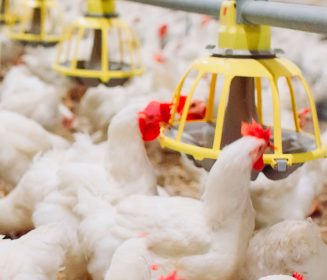
Maize and Soybean Meal Demand and Supply Situation in Indian Poultry Industry
Ricky Thaper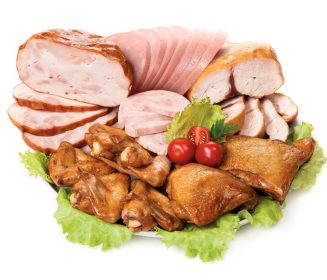
Production of Formed Injected Smoked Chicken Ham
Leonardo Ortiz Escoto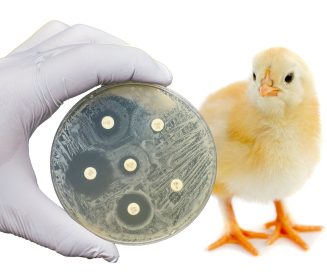
Antimicrobial Resistance in the Poultry Food Chain and Novel Strategies of Bacterial Control
Edgar O. Oviedo-Rondón
GREG TYLER INTERVIEW
Greg Tyler
Insights from the Inaugural US-RSPE Framework Report
Elena Myhre
Newcastle Disease: Knowing the Virus Better to Make the Best Control Decisions. Part II
Eliana Icochea D’Arrigo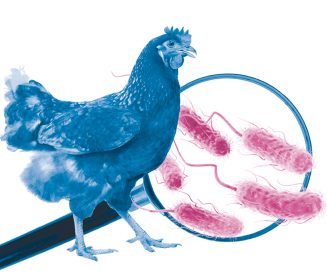
Avian Pathogenic E. coli (APEC): Serotypes and Virulence
Cecilia Rosario Cortés
The Importance of Staff Training on Animal Welfare Issues in Poultry Industry
M. Verónica Jiménez Grez
Rodent Control is a Key Factor in Poultry Biosecurity and Sustainability
Edgar O. Oviedo-Rondón